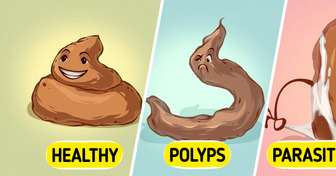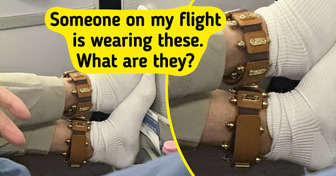8 Job Interview Tips to Help You Impress Your Recruiter


Has your body been acting a bit... strange lately? Maybe you're feeling bloated enough to float away, or your breath could knock out a vampire. Don’t stress — your body often drops clues when something’s off. Sometimes, those clues are as obvious as a neon sign. Prediabetes might sound intimidating, but catching it early can make a world of difference. In this article, we’ll break down 11 quirky ways your body might be trying to get your attention.
CONTENT IS PROVIDED FOR INFORMATIONAL PURPOSES ONLY AND IS NOT INTENDED AS A SUBSTITUTE OF MEDICAL ADVICE.
SEEK GUIDANCE OF YOUR DOCTOR REGARDING YOUR HEALTH AND MEDICAL CONDITIONS.
Prediabetes happens when your blood sugar levels are higher than normal but not high enough to be diagnosed as type 2 diabetes. It typically occurs due to insulin resistance, where your body doesn't use insulin effectively, leading to a buildup of sugar in your bloodstream.
The tricky part? Most people don’t notice any symptoms.
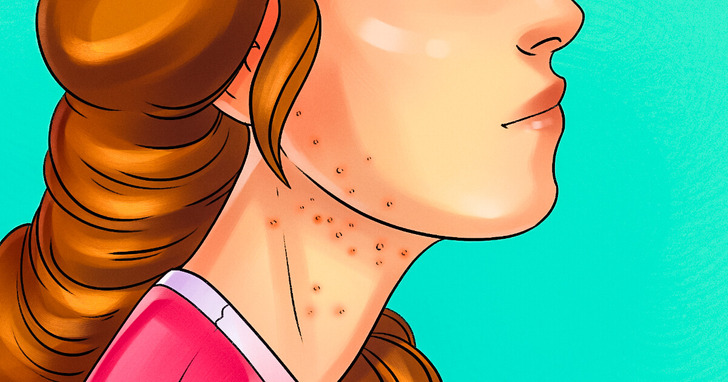
Elevated triglyceride levels can trigger a skin condition known as eruptive xanthomatosis, which leads to the sudden appearance of small bumps on the skin. In people with lighter skin, these bumps typically have a yellowish hue, while in those with darker skin, they may appear grayish with a faint yellow tint.
These bumps are commonly found on the buttocks, thighs, legs, and arms, but they can also appear in other areas. Regardless of their location, the bumps are usually tender and itchy.

Digestive issues like constipation, bloating, and gas can be signs of prediabetes. High blood sugar can affect the nerves that control your digestive system, slowing down digestion and causing constipation. Poor digestion may also lead to bloating and excess gas.
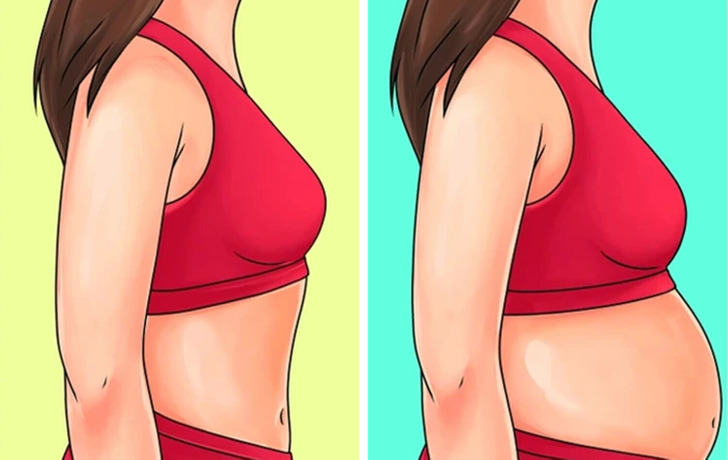
Keeping your blood sugar levels stable can help improve digestion. If these symptoms persist, talk to your doctor, especially if combined with other signs of diabetes.
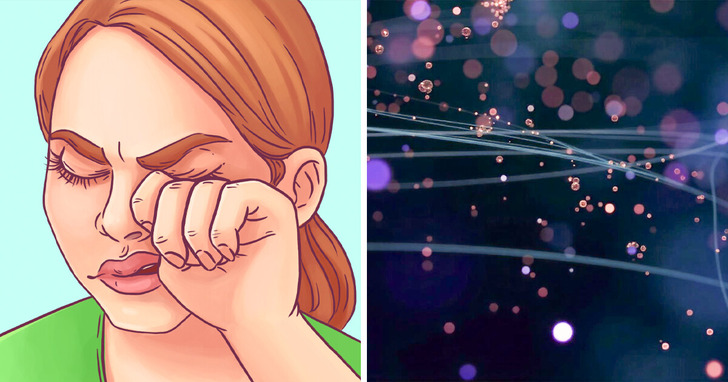
Blurry vision can be an early sign of prediabetes, not just an eye problem. High blood sugar causes fluid shifts that make the lens of your eye swell and change shape. This affects your focus, making things look fuzzy or out of focus.
With treatment, your blood sugar levels can stabilize, and your vision usually returns to normal. But if diabetes goes untreated, these changes can get worse and may lead to blindness.
Yeast survives on sugar. So high blood sugar creates optimal conditionsfor ongoing yeast infections, especially in hot, damp areas like the mouth, genitals, and skin creases.
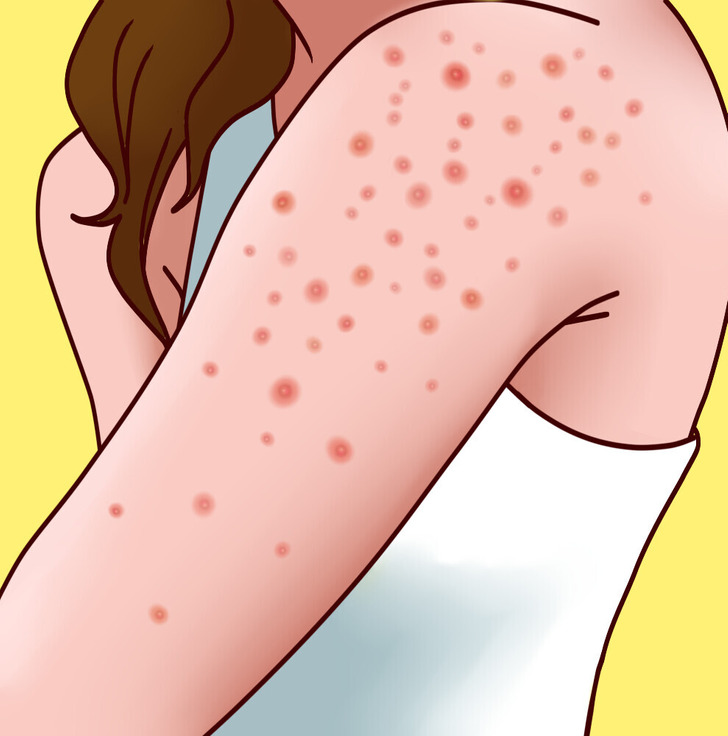
High blood sugar can cause rash, dry, itchy skin. When excess sugar leaves your body through urine, it pulls fluids from tissues, including your skin, the body’s largest organ. Scratching dry patches can break the skin, increasing the risk of infection.
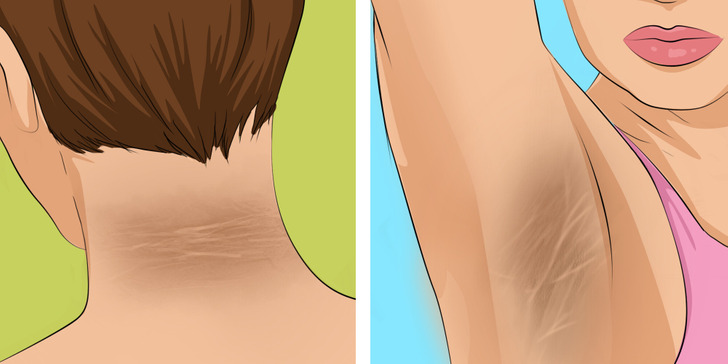
Acanthosis nigricans is another skin condition linked to prediabetes. It causes dark, velvety patches that usually appear where skin folds, like the neck, armpits, groin, elbows, knees, and knuckles. While it can affect healthy people, it’s often a sign of prediabetes or diabetes.
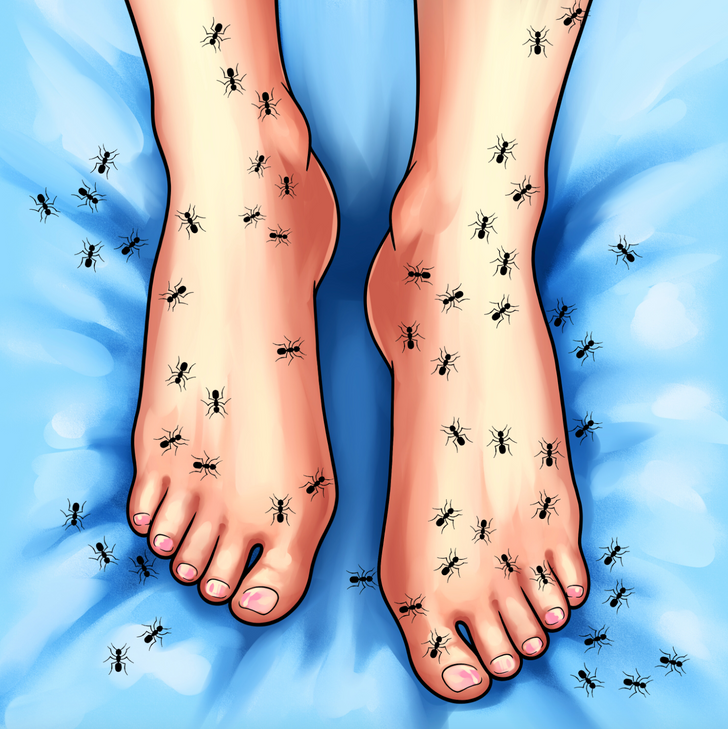
Numbness, tingling, or pain in your hands, feet, fingers, or toes is another common sign of prediabetes. High blood sugar affects blood flow, leading to nerve damage. Since hands and feet are farthest from the heart, they’re usually affected first.
Keeping your blood sugar under control can improve circulation and ease these symptoms.
Constant hunger, along with thirst and frequent urination, is one of the three main signs of prediabetes. When your body doesn't make enough insulin or can't use it properly, it can't turn food into glucose for energy. This leaves your cells starving, causing hunger that doesn't go away after eating. In fact, eating more can raise your blood sugar even higher.
If you feel hungry all the time, even after meals, consider seeing your doctor. This is important, even if you don't have other diabetes symptoms.
Headaches, mood swings, and trouble concentrating can be signs of prediabetes. High or low blood sugar levels affect brain function, leading to headaches and difficulty focusing. Blood sugar fluctuations can also impact mood, causing irritability or anxiety.
Managing blood sugar levels can help reduce these symptoms. If they persist, especially with other diabetes signs, consult your doctor.
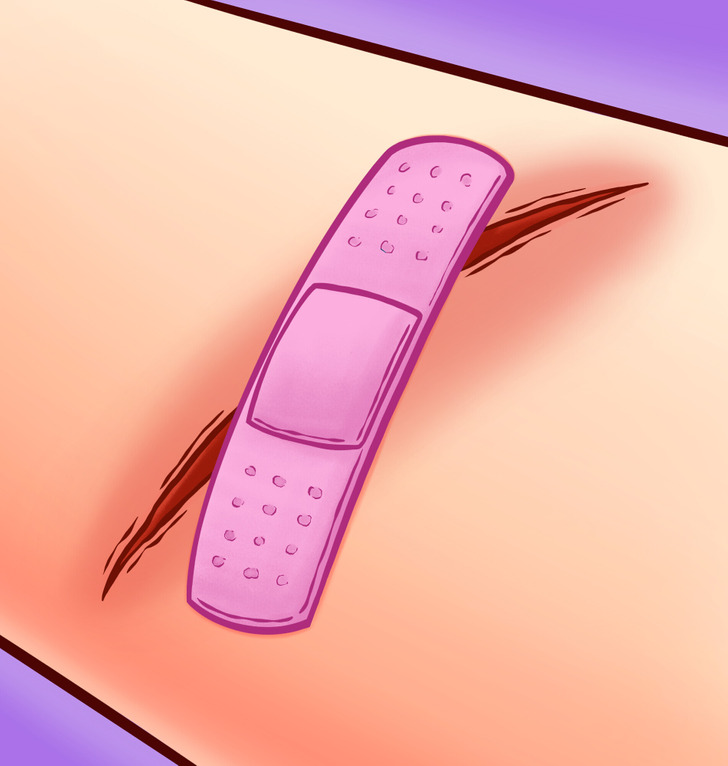
Slow-healing cuts and wounds can be a sign of prediabetes. High blood sugar causes inflammation and poor blood flow, making it harder for your body to repair damaged skin.
This is especially common in the feet, where sores can lead to serious complications. If your cuts and wounds take longer to heal than usual, talk to your doctor.
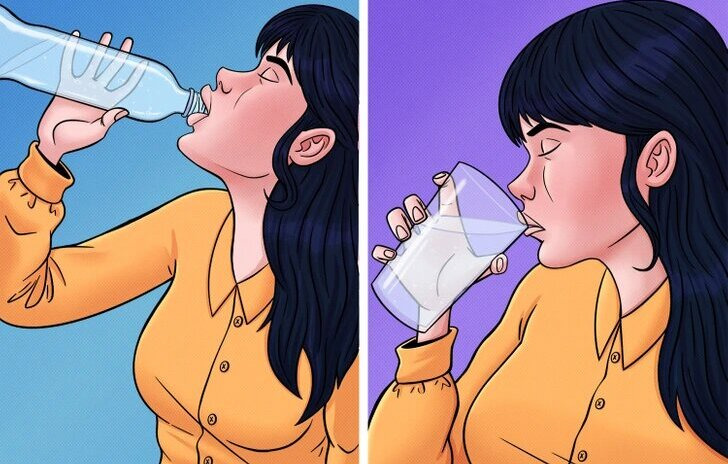
Feeling thirsty all the time and needing to pee often are common signs of prediabetes. This happens because your kidneys can't handle the extra sugar in your blood. Instead, the sugar goes into your urine, pulling fluids from your body. As a result, you pee more and get dehydrated. To make up for the lost fluids, you drink more, which leads to even more trips to the bathroom.

Most people urinate about 6-7 times a day. Anywhere from four to ten times daily is normal, as long as it's consistent and doesn't increase suddenly.
Even with an increased appetite, unintentional weight loss can still happen. This occurs when the body has difficulty absorbing glucose from food, which prevents cells from utilizing it for energy. In response, the body begins to break down stored fat and muscle, resulting in unexplained weight loss.
Having prediabetes doesn’t mean you’ll get diabetes. But it’s a wake-up call. The good news? Simple changes can help you turn things around.
Be sure to check out our other article, where we highlight warning signs your body might be revealing health issues.



